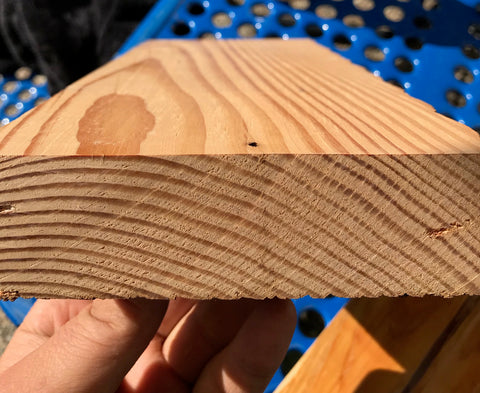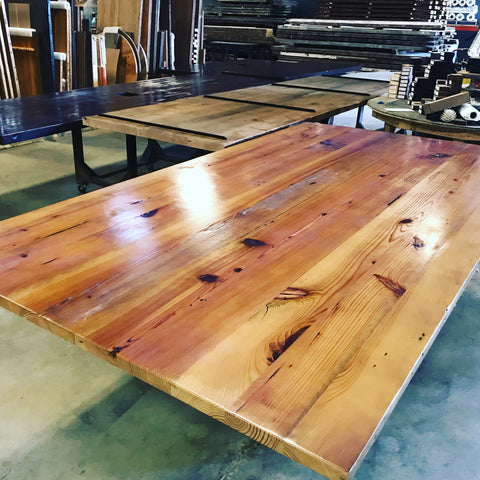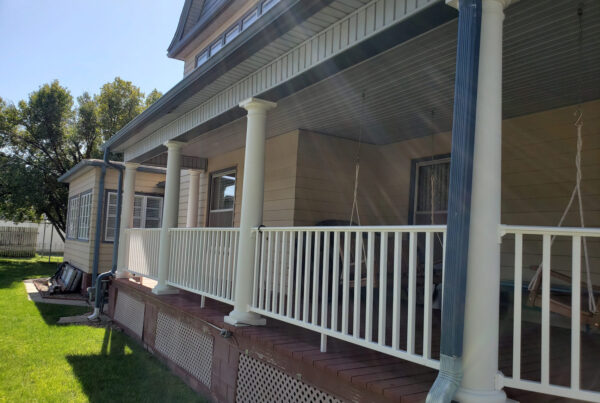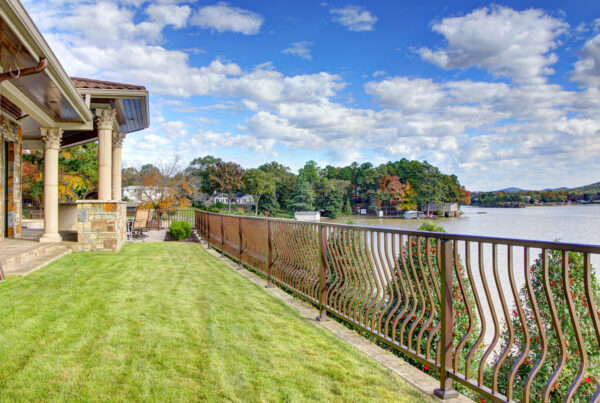Everything you need to know
If you’re planning to buy reclaimed wood furniture, old growth lumber would be an ideal material. Though it’s not easy to find old growth lumber, it the most sought-after and robust option. You can use old growth lumber for a wide range of repair and renovation jobs, but we prefer it for furniture. It’s time to talk about old growth lumber and discuss why this reclaimed lumber can be a great pick for you. Keep reading to know more.
First things first – What is old growth wood?
Old growth lumber is wood that was grown naturally in massive virgin timberlands. Across the globe, there are several forests that are still left untouched, and no efforts have been made to harvest the trees for commercial use. The trees have been untouched by weather extremes, fire, windstorms, etc., for almost 120 years. These unharvested trees age gradually due to partial sunlight and competition from surrounding trees. The gradual growth rate leads to the formation of tightly crammed growth rings which are highly beneficial.

The only way we get our hands on these incredible materials today is by harvesting timbers from pre-1920 structures. At Sherwood Lumber, we carry large inventory of reclaimed old growth lumber. We stock a variety of species ranging from Douglas fir to southern yellow pine, oak, elm and even walnut. It’s incredible that we have access to such great materials you cannot purchase from a lumberyard.

The entry of new growth wood
The birth of new growth wood is marked by a decline in the availability of old growth lumber. As more and more people started using old growth wood, the virgin timberlands almost reached extinction. That’s when the farmers began harvesting pine trees and other trees that grow fast to maximize productivity. New growth lumber trees reach full growth is almost 15-20 years. However, there’s one drawback. The growth rings are not tightly packed, and the space between them is more. Therefore, old growth wood is more useful.
However; we occasionally come across deconstruction projects from the 1920-1940 era that have predominantly new growth timbers. Because this material has spent nearly a century within a structure, it will have stabilized and many times taken on a beautiful patina. Although not as cherished as old growth, this wood is still worth salvaging and creating beautiful furniture with.

Why old growth lumber is an ideal choice?
Now that you understand the difference between old growth lumber and new growth lumber, let’s look at 4 reasons why the former is a better option.
Old growth lumber is sturdier
The high density of old growth lumber makes it sturdy and durable. It can bear heavy loads for extended periods. New growth lumber is comparatively softer and weaker.
Old growth lumber is more resistant to rotting
Yes, that’s true. The slow growth rate of old growth wood leads to a higher proportion of latewood (fall/summer growth) that provides the wood with anti-rot properties. Moreover, old growth lumber trees witness the appearance of heartwood in the middle which is robust and rot-resistant.
Old growth lumber is more firm
In case you do not know, wood moves. It expands when it’s wet and shrinks when it’s dry. Wood movement can lead to the opening of the joints, chipping of the finishing, and several other quality issues. Nevertheless, old growth lumber does not move as the growth rings are tightly packed. This is a significant property of old growth wood which makes it the best choice for constructing doors and window frames.

Final thoughts
Now that you know the benefits of old growth lumber, what do you think? You can find the best quality reclaimed wood furniture at Sherwood Lumber, you can pick the furniture of your choice from a plethora of old growth lumber products. All of our materials are harvested from sustainable sources. Every board comes with a story, and by purchasing reclaimed old growth lumber, you keep the story alive.










